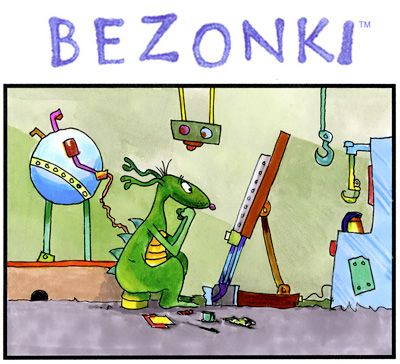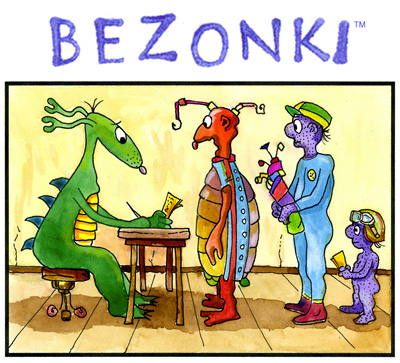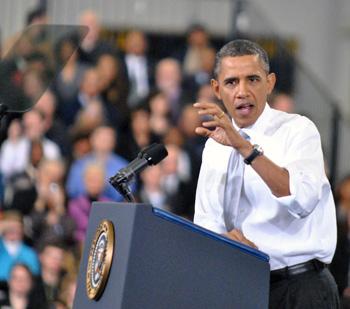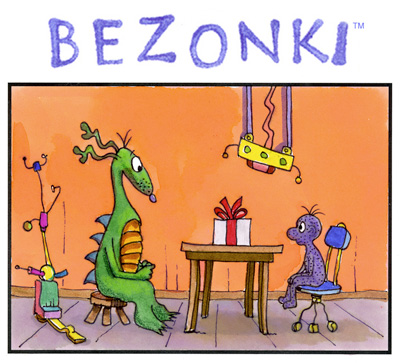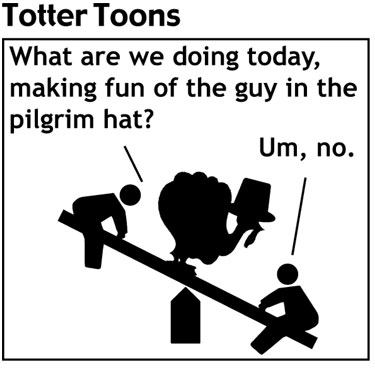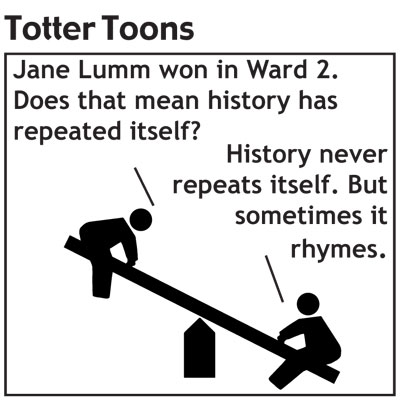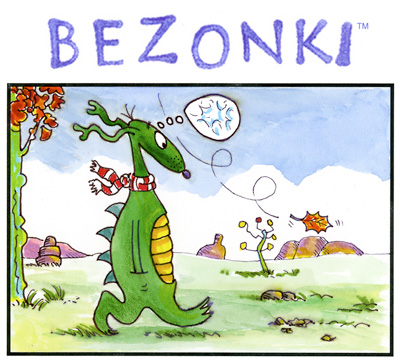Column: Rite of Passage in UM’s Weight Room
While I was writing “Three and Out,” the Michigan football players challenged me to join their workouts in the weight room. They were surprised when I was actually game – one of the dumbest decisions of my life.
I’d heard so much about these modern gladiators and their weight room heroics that I wanted to find out for myself just how much harder it really is compared to what the average weekend warrior puts himself through just to avoid buying “relaxed fit” jeans.
The plan was simple: I would work out with these guys three times a week, for six weeks – “if you last that long,” said Mike Barwis, Michigan’s former strength coach, in his famously raspy voice. But before I even started, there were four signs that I shouldn’t be doing this.
When I asked Barwis if I should prepare by lifting weights, he said, “No, it’s too late for that!” Well, that’s one sign.
“Okay,” I asked, “what’s it NOT too late for?”
“Running.”
“Why running? We’re not going to run.”
“Because your heart is going to give out before your muscles do.” [Full Story]





